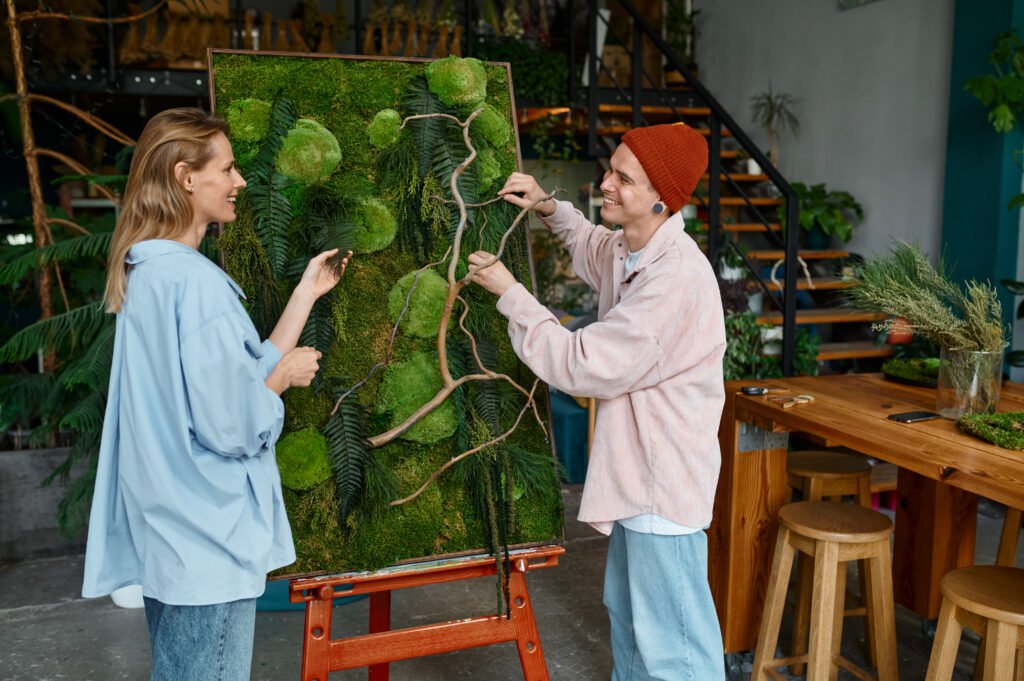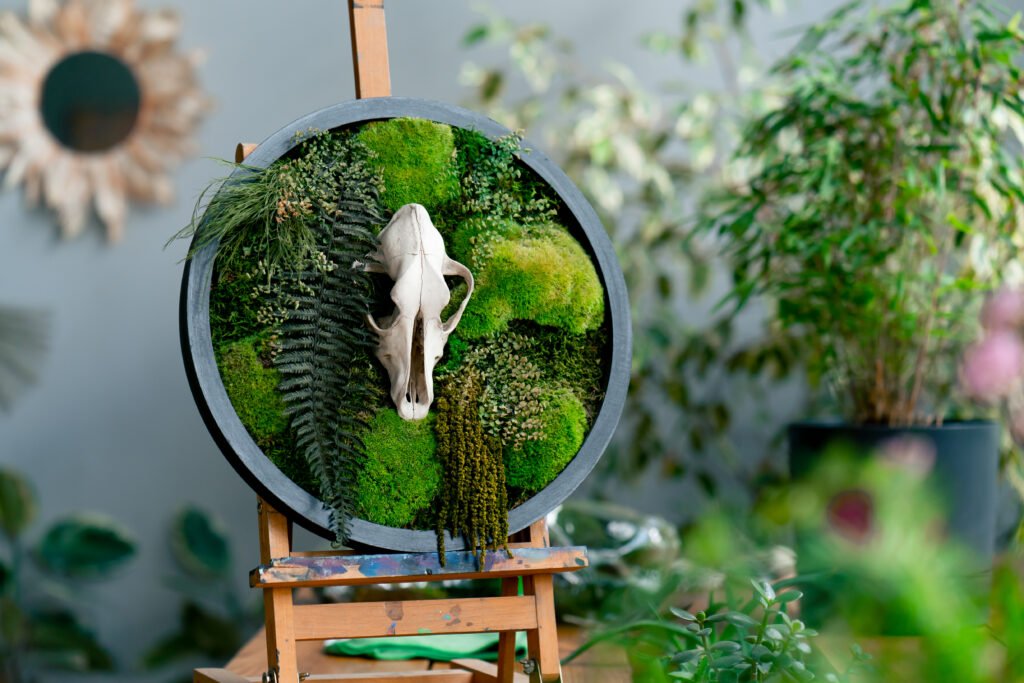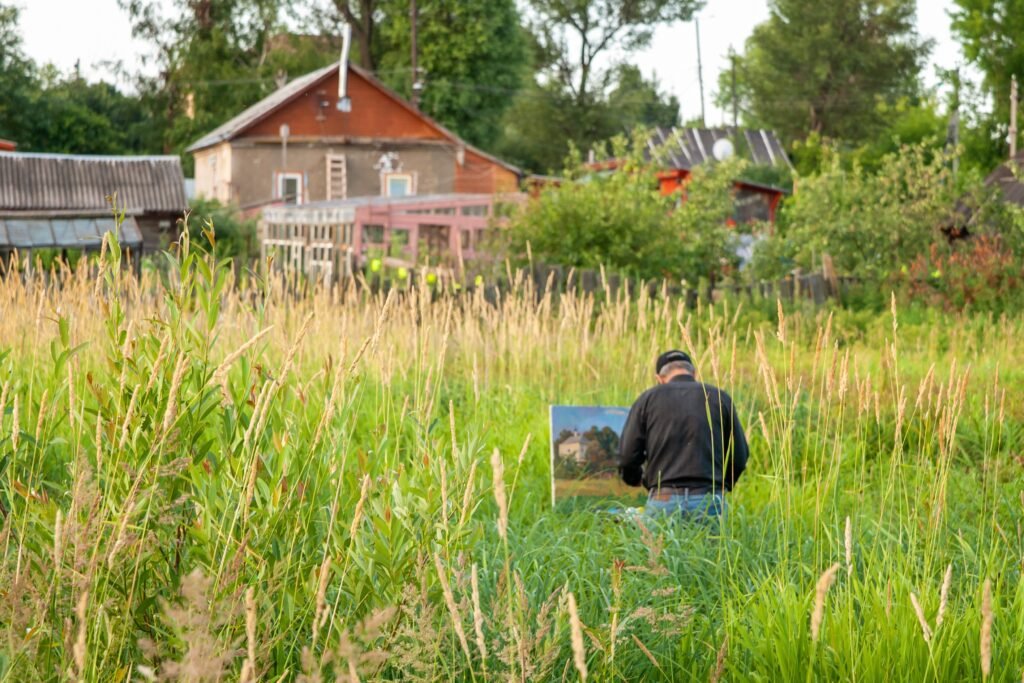21st-century art has brought a new way of seeing nature. With environmental changes, technological advancements, and the urgent need to rethink humanity’s relationship with the planet, contemporary artists are exploring fresh representations of natural life.
Art has moved beyond simply capturing landscapes to becoming a reflection on environmental impact and the necessity of preservation.
This movement appears in monumental installations as well as in abstract art, which reinterprets nature through color, shape, and texture. The demand to buy abstract art inspired by nature is growing, as many collectors view these works as a way to combine aesthetics, environmental awareness, and innovation.
Nature’s Influence on 21st-Century Art
The link between art and nature has always existed, but today it takes on new layers of meaning. Contemporary artists use natural materials, such as wood, leaves, and organic pigments, to create pieces that discuss sustainability. According to the study Art and Ecology from the University of Edinburgh, published in 2020, this approach goes beyond technique and expands the debate on social and climate issues.

Abstract art excels in this context by allowing free representations of nature that go beyond the figurative. Textures resembling forests, colors inspired by the ocean, and forms suggesting wind or water movement are some of the visual languages adopted. This versatility attracts collectors and fuels the sale of abstract art, particularly on platforms connecting artists to a global audience.
Moreover, in contemporary art, nature is not just a theme but an active agent. Interactive exhibitions and sensory installations, such as Olafur Eliasson’s works, show how natural elements can become immersive experiences, creating new perceptions of the environment.
Art Market and the Fascination with Nature
The growing interest in artworks exploring nature directly impacts the market. According to the Art Market 2023 report by Art Basel and UBS, works addressing sustainability or environmental issues rank among the most valued at art fairs. This includes both renowned and emerging artists using innovative materials and hybrid techniques.

Buying abstract art that engages with nature has become both an aesthetic and strategic trend. Many collectors see these pieces as a way to blend sophisticated decor with meaningful discourse about the planet’s future. Thus, the best places to buy art now include online galleries offering curated selections and easy access to international artists.
Digitization has also expanded the market’s reach. Today, it is possible to buy art online safely, thanks to platforms certifying artwork authenticity and connecting buyers directly with creators. This democratizes access to contemporary art and strengthens the dialogue between artists and audiences.
Technology, Innovation, and Abstract Art
The 21st century has introduced technologies that revolutionize how art is created and experienced. 3D printing, augmented reality, and artificial intelligence are being incorporated into works addressing nature innovatively. Artists use algorithms to simulate natural phenomena and create unique pieces, captivating both enthusiasts and investors.
In this context, abstract art stands out as fertile ground for experimentation. Its aesthetic flexibility allows artists to integrate technological and natural elements into a single visual narrative. This blend of tradition and modernity drives the growing demand for abstract art for decoration and collection.
This trend reflects a broader movement within the art market. Collectors are now attentive not only to commercial value but also to the message and emotional impact of works. Art that provokes reflection on the environment stands out by uniting beauty with purpose.



